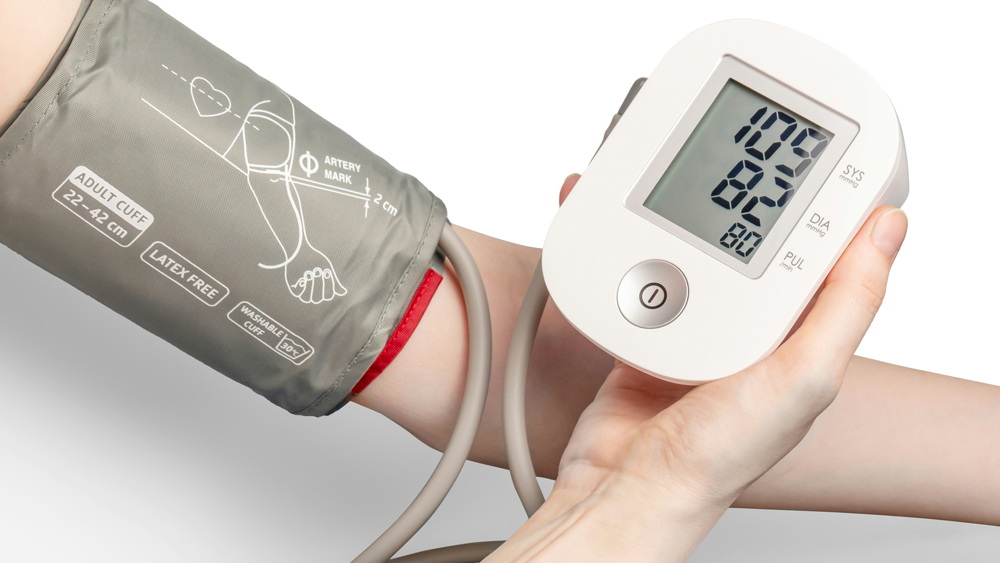
Photo by Mockup Graphics on Unsplash
While clinical trials are the gold standard for generating clinical data to use as evidence of your medical device’s safety and effectiveness, they are by no means the only way to gather clinical evidence.
|
ADVERTISEMENT |
Real-world data (RWD), which typically come from routine healthcare delivery or noninterventional studies like registries, is another potential source of clinical evidence. By collecting and analyzing RWD, you may be able to generate real-world evidence (RWE) that can support claims of safety and effectiveness.
Given the potential importance of these data to regulatory decision-making, it’s important to understand where real-world data come from, when they can be used, and how real-world evidence can support your regulatory and clinical activities.
…
Add new comment